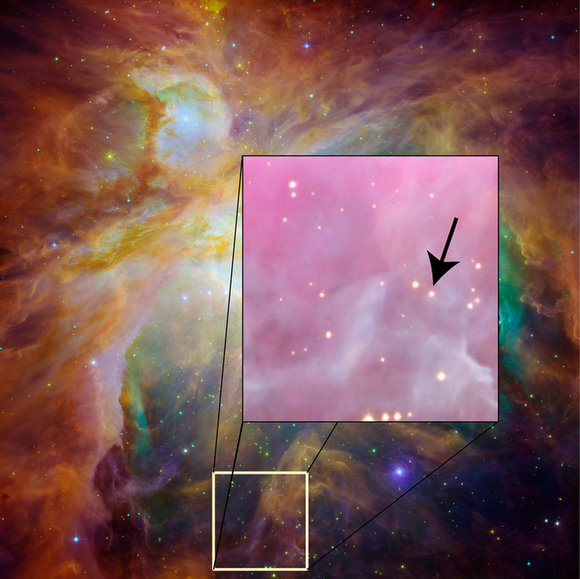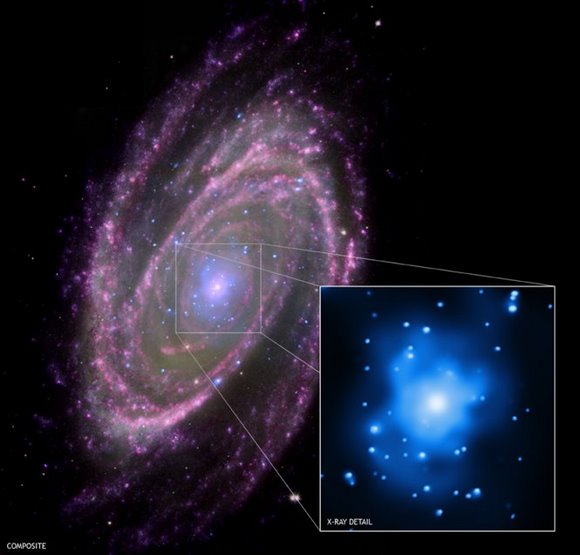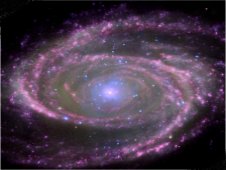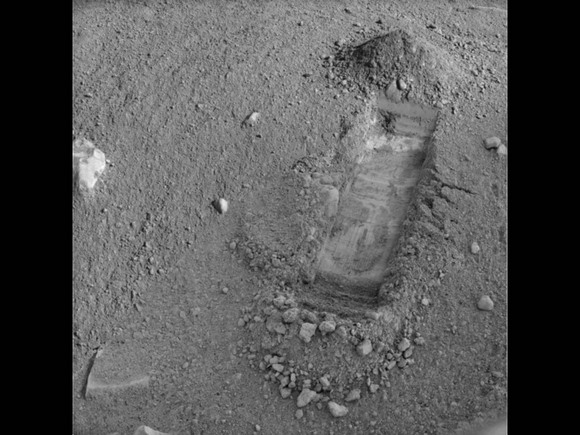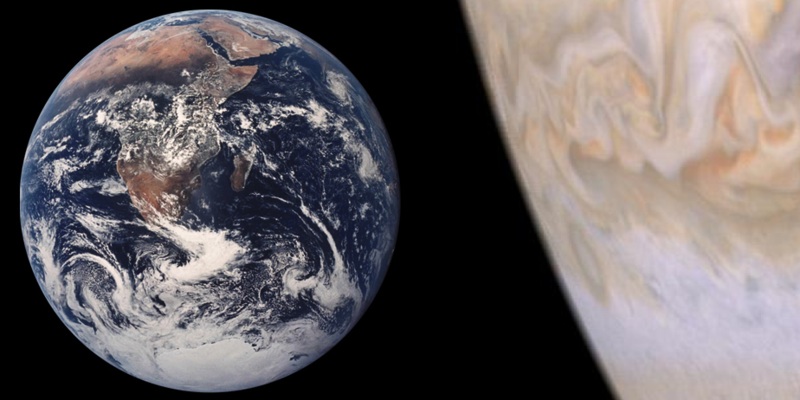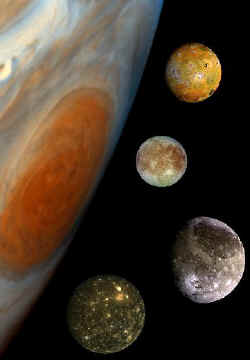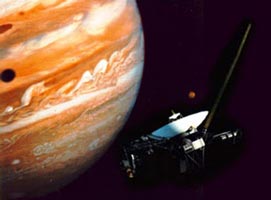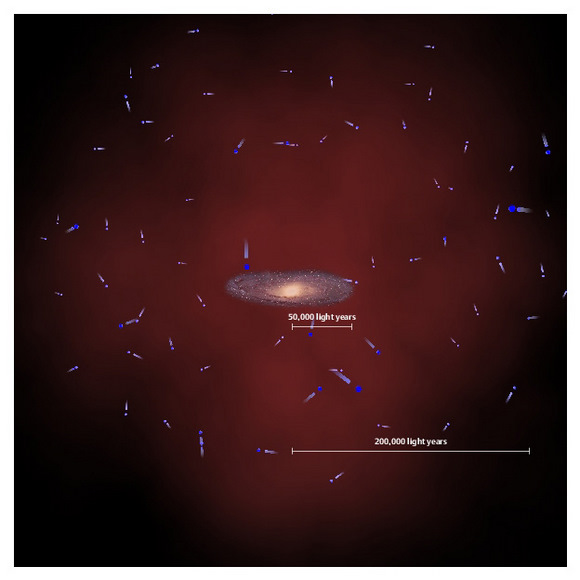I’m lucky enough to have twin sons. They aren’t identical (one looks like me, the other looks like my husband – which is about as different as things get) but they have a lot of similarities. One of my favorite stories about having twins is the time we took the whole family out to a restaurant shortly after the twins were born. The waitress commented that our babies looked the same size, and we said, “Yes, they’re twins.” And she replied, “Oh really? How far apart in age are they?”
I used to think that waitress was a real ditz, but after seeing a press release today from Vanderbilt University, I’m wondering if the waitress was on to something, and maybe she was even an astronomer.
Astronomers recently found a very young pair of identical binary stars that have surprising differences in brightness, surface temperature and size. They also believe one of the stars formed significantly earlier than its twin. Astrophysicists have assumed that binary stars form simultaneously, and so this discovery forces theorists back to the drawing board to determine if their models can produce binaries with stars that form at different times.
The identical twins were discovered in the Orion Nebula, a well-known stellar nursery, 1,500 light years from Earth. The newly formed stars are about 1 million years old. With a full lifespan of about 50 billion years, that makes them equivalent to one-day-old human babies.
“Very young eclipsing binaries like this are the Rosetta stones that tell us about the life history of newly formed stars,” says Keivan Stassun, associate professor of astronomy at Vanderbilt University. He and Robert D. Mathieu from the University of Wisconsin-Madison headed up the project.
The astronomers calculated that these twin stars have nearly identical masses, about 41 percent that of the sun. According to current theories, mass and composition are the two factors that determine a star’s physical characteristics and dictate its entire life cycle. Because the two stars condensed from the same cloud of gas and dust they should have the same composition. And with identical mass and composition, they should be identical in every way. So the astronomers were surprised when they discovered that the twins exhibited significant differences in brightness, surface temperature and possibly size.
“The easiest way to explain these differences is if one star was formed about 500,000 years before its twin,” says Stassun. “That is equivalent to a human birth-order difference of about half of a day.”
Now, I have heard stories of twins being born several hours apart and even in different years (one late on Dec. 31, and the other early on Jan. 1) so, maybe this difference in star formation isn’t such a big deal, and it happens all the time. However, further study is needed.
But this new discovery may cause astronomers to readjust their estimates of the masses and ages of thousands of young stars less than a few million years old, as current estimates are based on models that presumed binary stars formed simultaneously.
Just like having twins causes you to readjust your entire life. But it’s a good readjustment.
Original News Source: Vanderbilt University (this link includes a nice multimedia presentation about the discovery)

